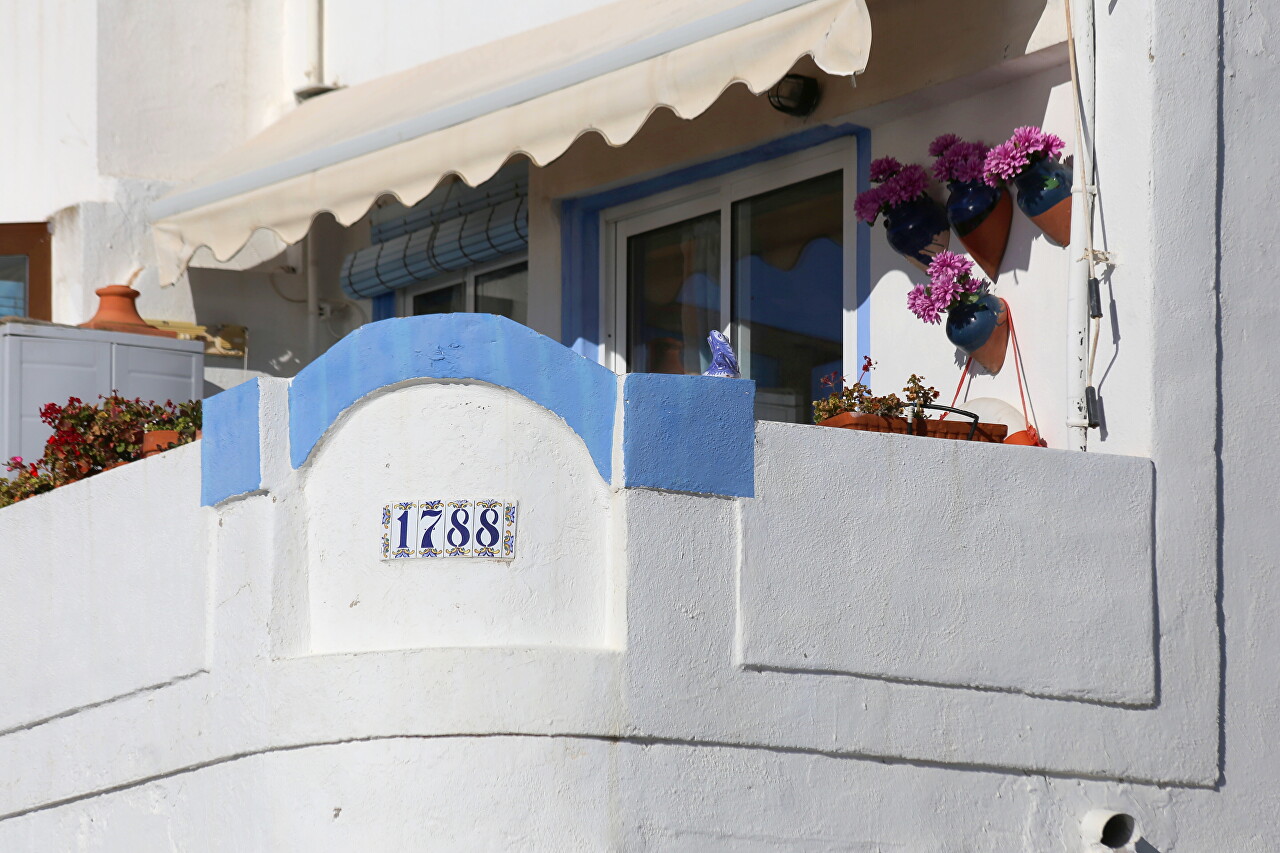Bastion Botnet, Peñíscola.
After passing from St. Peter's Gate along Calle Ataradzanos along the fortress wall, we will climb to the southern bastion of the fortress, called the Botnet (Fortín del Bonet).
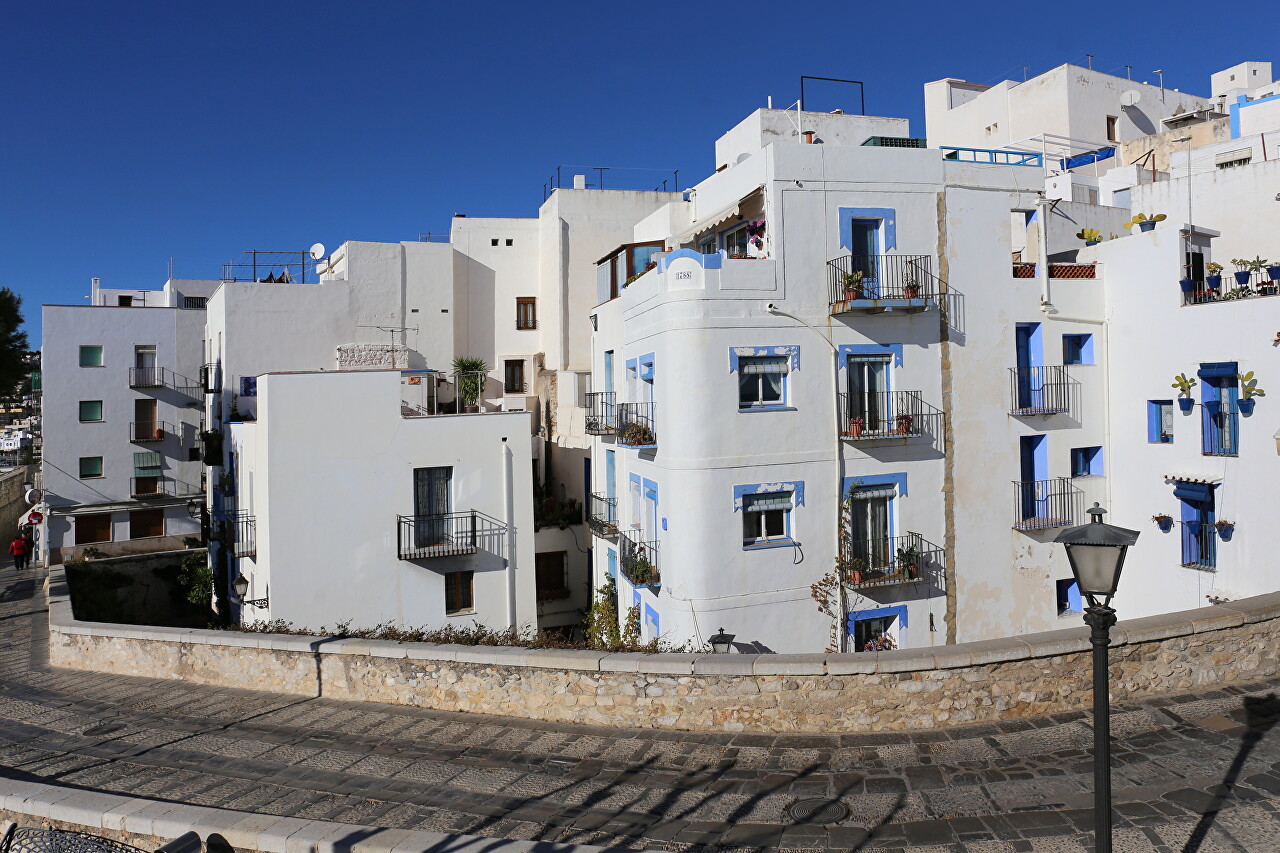
The fortifications of Peniscola were built at different times, starting from the era of the Phoenicians and Carthaginians. Then there were the Greeks and Romans, and at one time there was a Moorish fortress. The rock, connected to the shore by a sandbar, became truly impregnable in the early 14th century, when the Knights Templar built a powerful castle here.
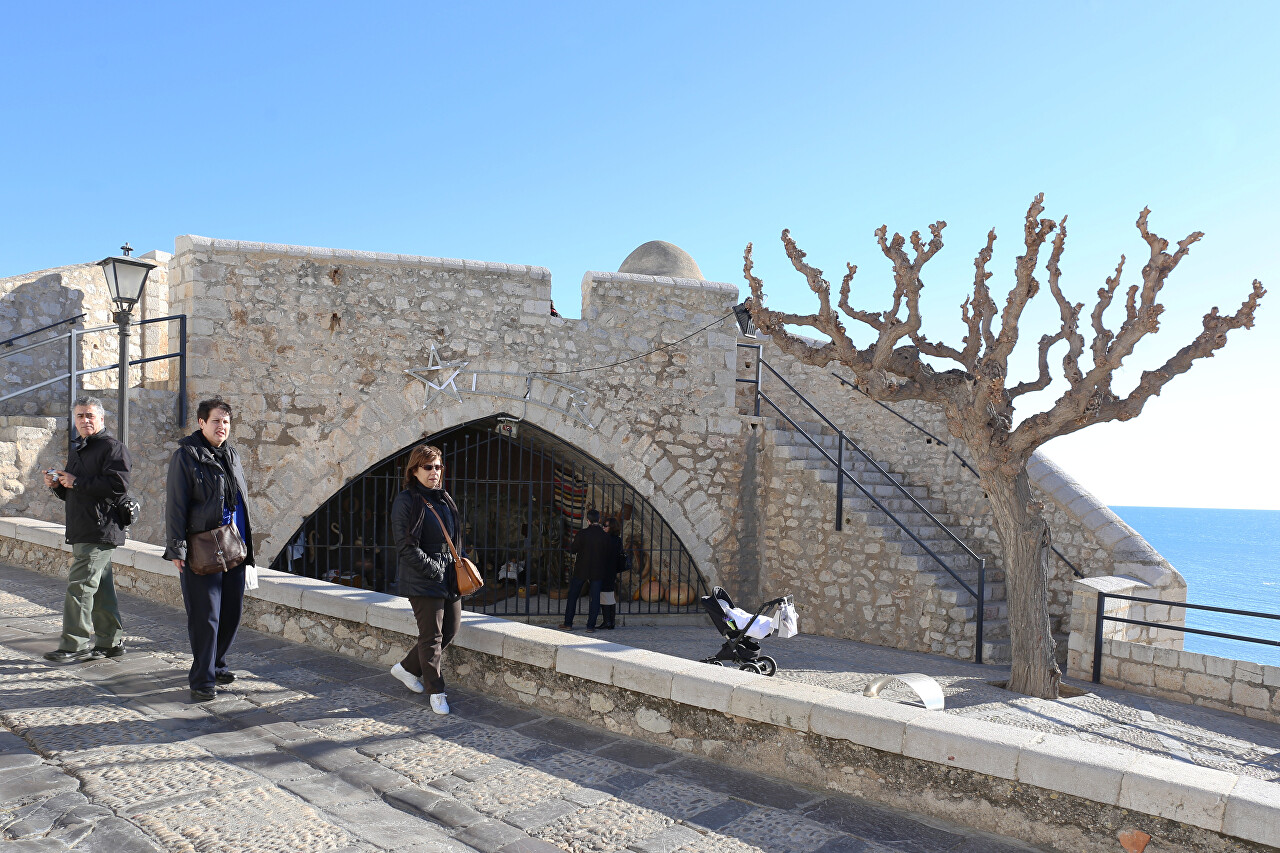
In the second half of the 16th century, by decree of King Felipe II, the fortress was significantly strengthened to protect it from Barbary pirates. Under the leadership of the Italian military engineer Juan Bautista Antonelli in 1576-1578, powerful walls were erected around the perimeter of the island. After the War of the Spanish Succession and the siege of Peñiscola by the British in 1705-1707, artillery bastions appeared in the fortress, which we can see now.
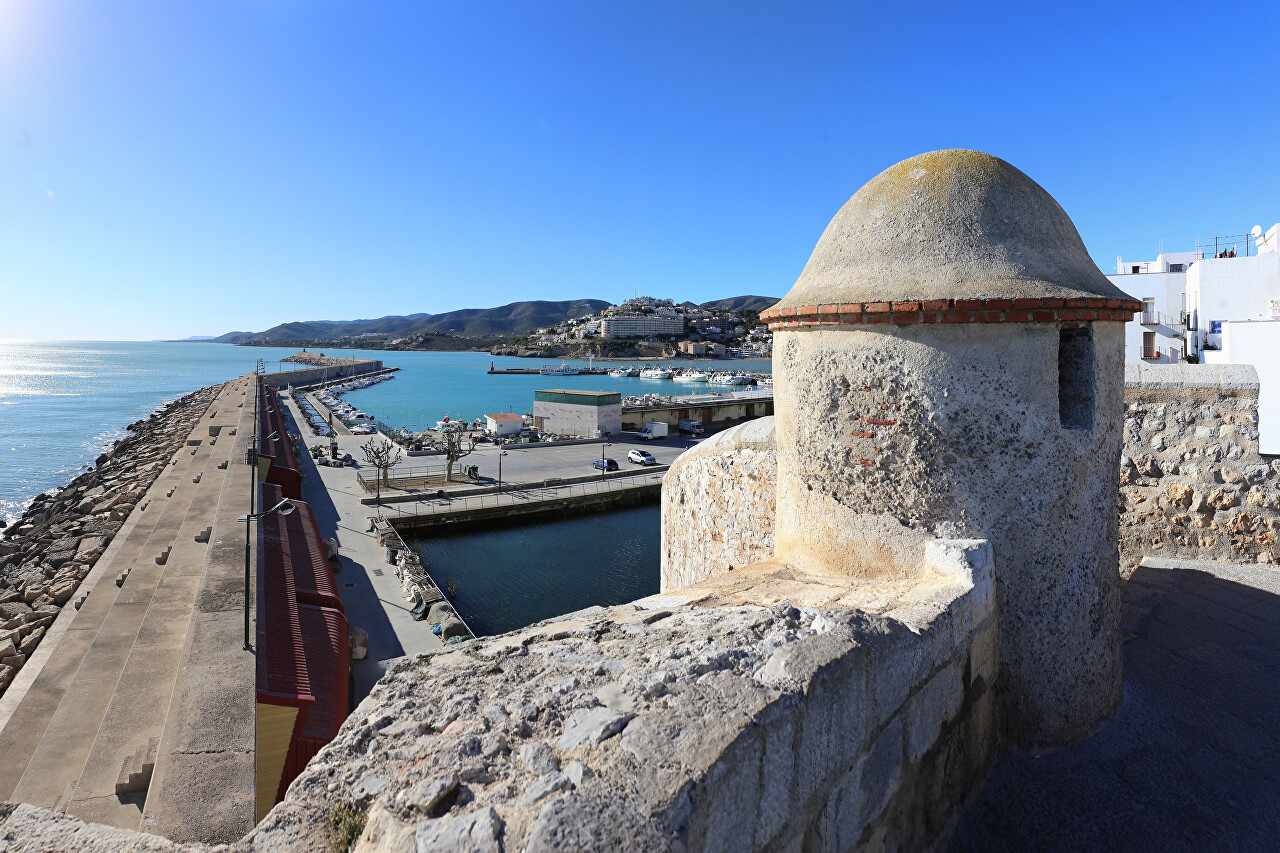
The rooms under the battery platforms were used for storing gunpowder and cannonballs. During the Christmas and New Year holidays, a traditional composition on the Biblical theme is located under the arches of such an artillery depot of the southern bastion.
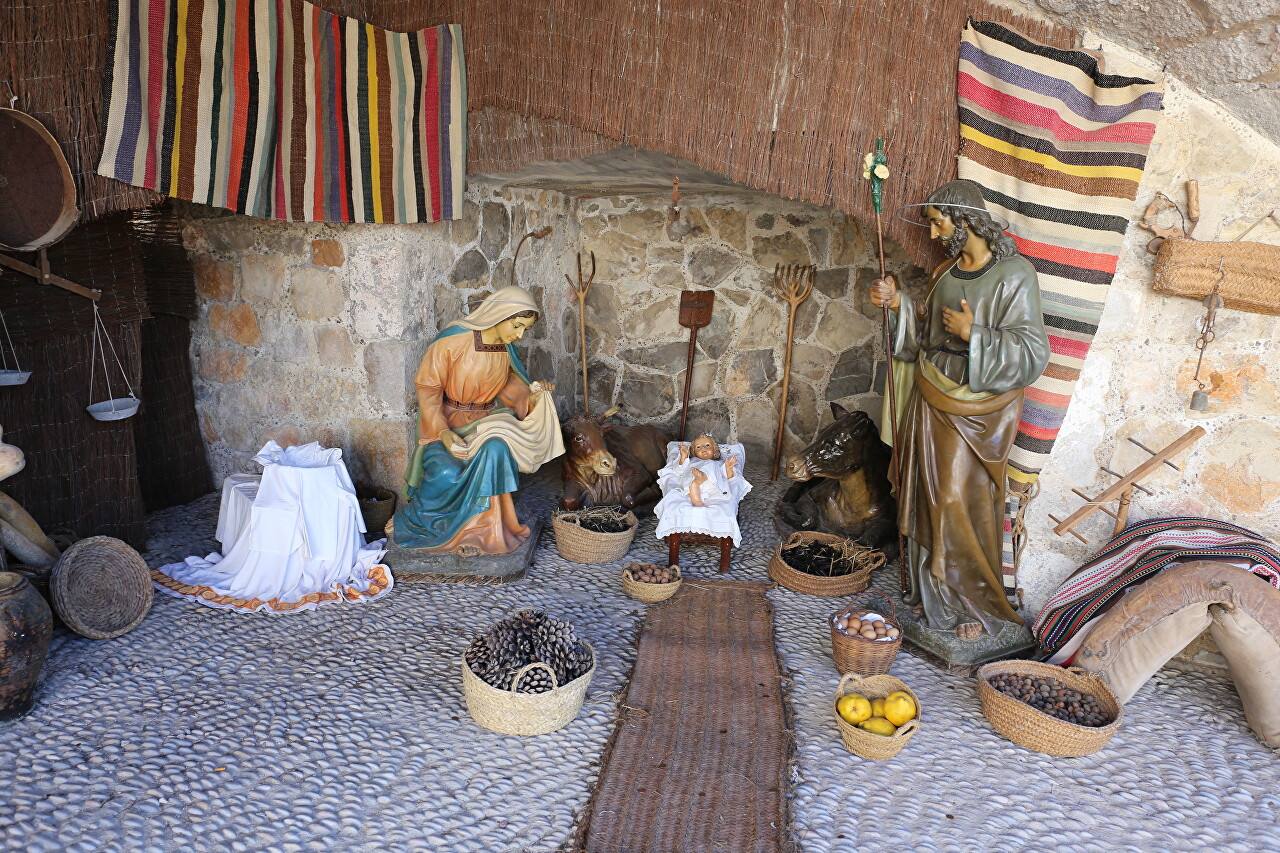
The bastion overlooks the harbour with fishing boats at the docks. Fishing is a significant part of the city's economy.
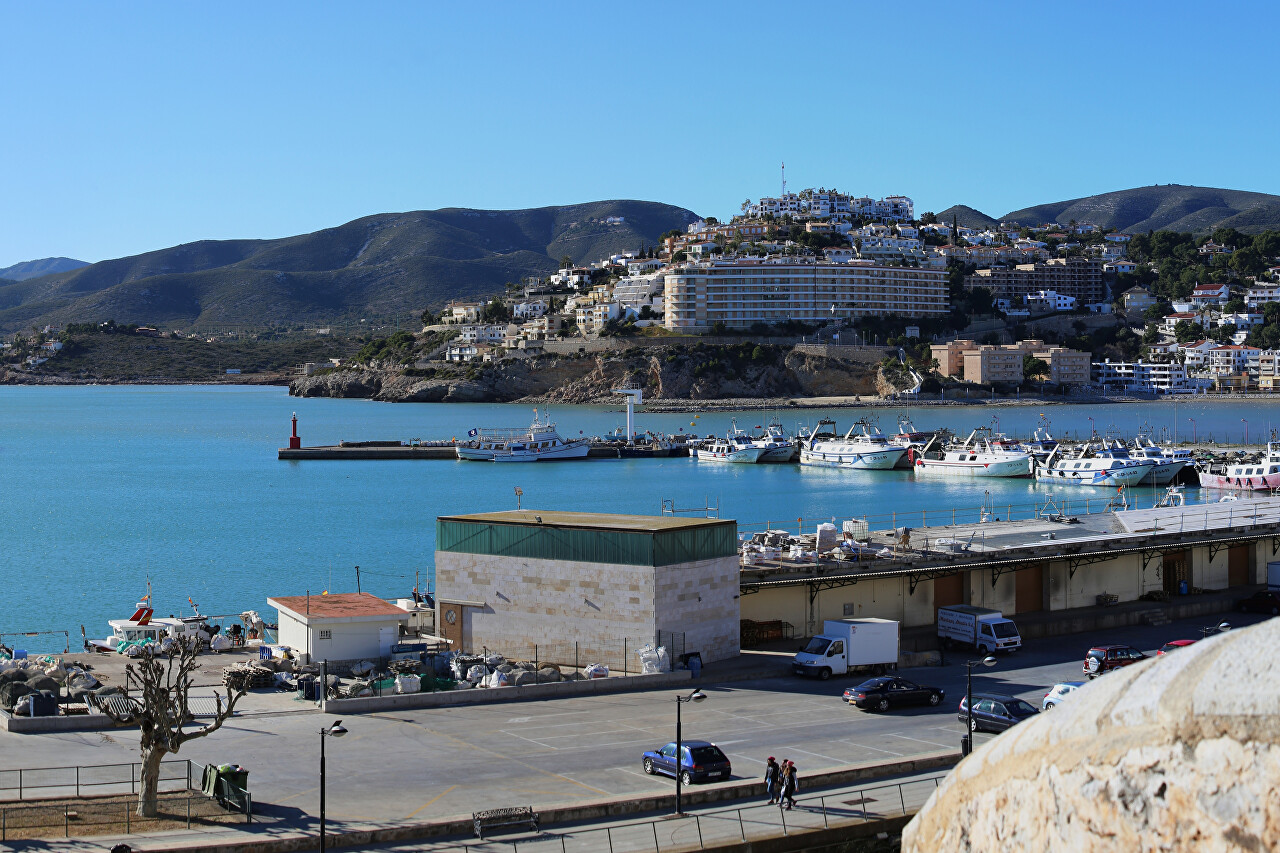
The harbor is separated from the sea by a protective pier, the inner part of which is used for parking yachts. From the sea side, the pier wall descends in steps, where you can sunbathe and watch sunsets and sunrises.
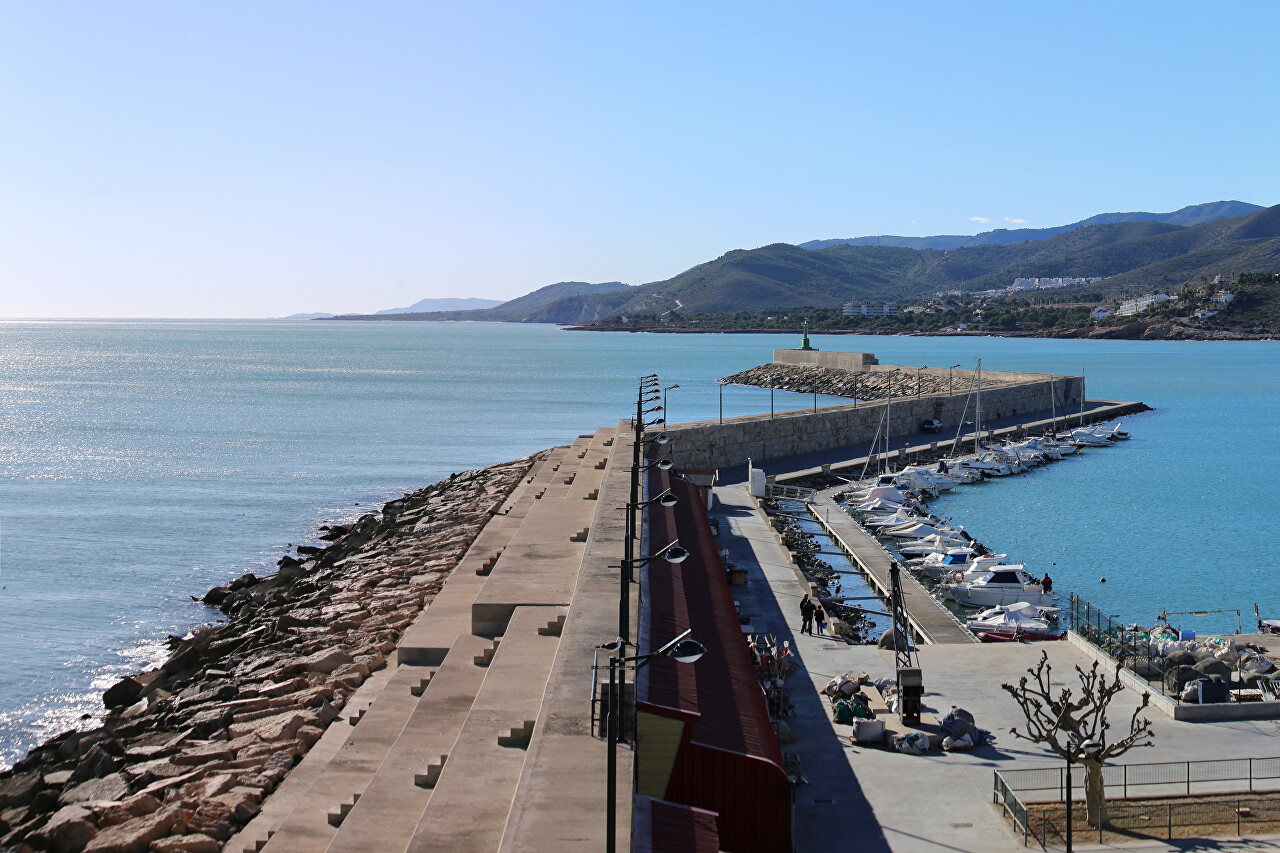
Beyond the harbor, you can see a wide strip of sand on the South Beach (Playa Sur).
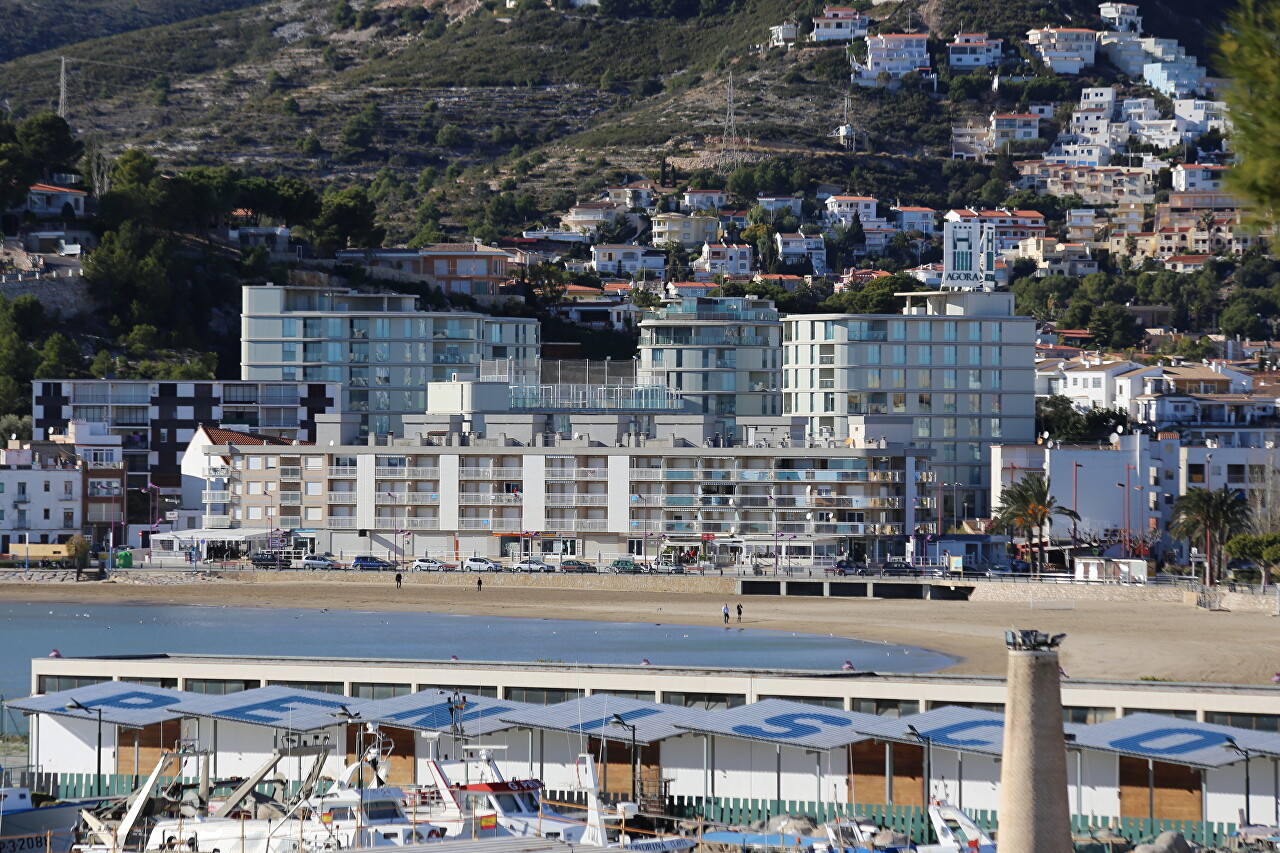
From the bastion begins the Calle Principe, which serves as a small seaside boulevard. Like the entire old town on the island, it is built up with dazzling white buildings from the 18th century.
